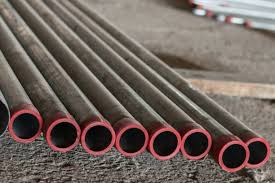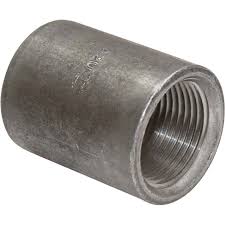The manufacturing process of forged steel pipe is to process raw steel into steel pipes of various lengths and diameters. Steel pipes play a role in underground water and natural gas transmission, wrapped wire protection and production of vehicles, bicycles, pipelines and heating systems, street lamps and refrigeration equipment. It is generally believed that cast iron and wrought iron are interchangeable terms of early iron, but there is a huge difference between them. Wrought irons refer to iron that is heated and then processed with tools. Cast iron is the iron poured into the mold and solidified after melting.

Difference Between Wrought pipe and Cast iron pipes
Wrought pipes and pipes are pipes made of steel and welded on welded or stretched seamless pipes or pipes. It is used for high-pressure applications and decorative work. Usually welded to elbows, etc.
Cast pipe is poured iron or steel into the mold (which may crack during centrifugal casting), and the mold shape will harden. The casting is heavier, the wall thickness is weaker, the cost is lower, and it is not suitable for higher pressure. Cast fittings can be sealed by thread or other means.
Types Of Wrought Steel Pipes
Wrought seamless steel pipes
The seamless wrought steel pipe was originally a piece of heated solid steel. The material is forced to be formed into the shape of a hollow pipe, and then the pipe is processed into an appropriate size.
Welded steel pipe
The manufacturing of welded forged steel pipe includes moving the steel strip through the roll to form the material into a tube. Then, these strips are welded into a pipe through a welding device.

How To Manufacture Wrought Steel Pipes?
Welded and seamless wrought iron pipes are usually passed through straighteners. Threads machined to the ends of smaller diameter pipes allow them to be connected together. Additionally, various protective coatings on steel surface. It is such as oil, paint, zinc or other types of materials, depending on the purpose of the pipe, can prevent rust.